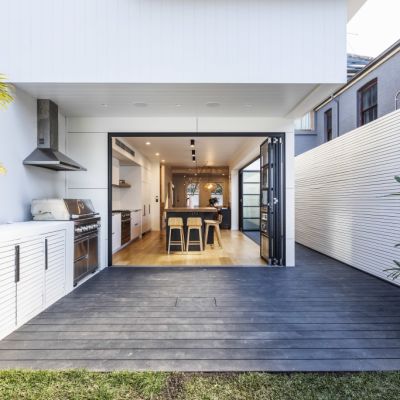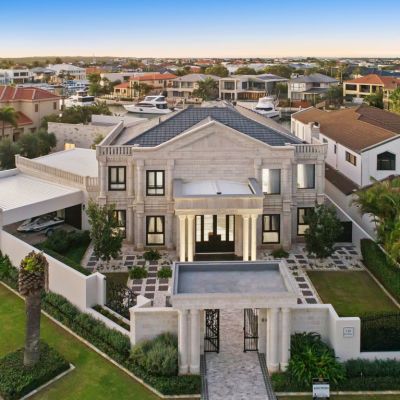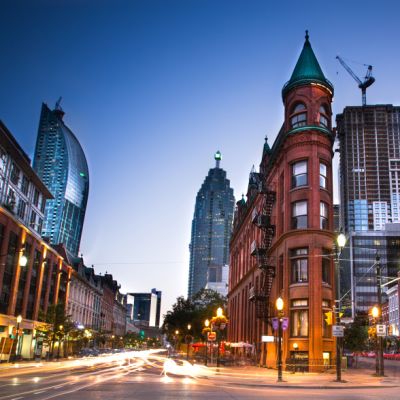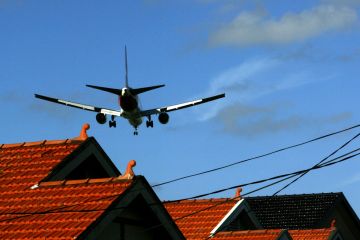Walk this way: Why walkability is the new must have for luxury homes
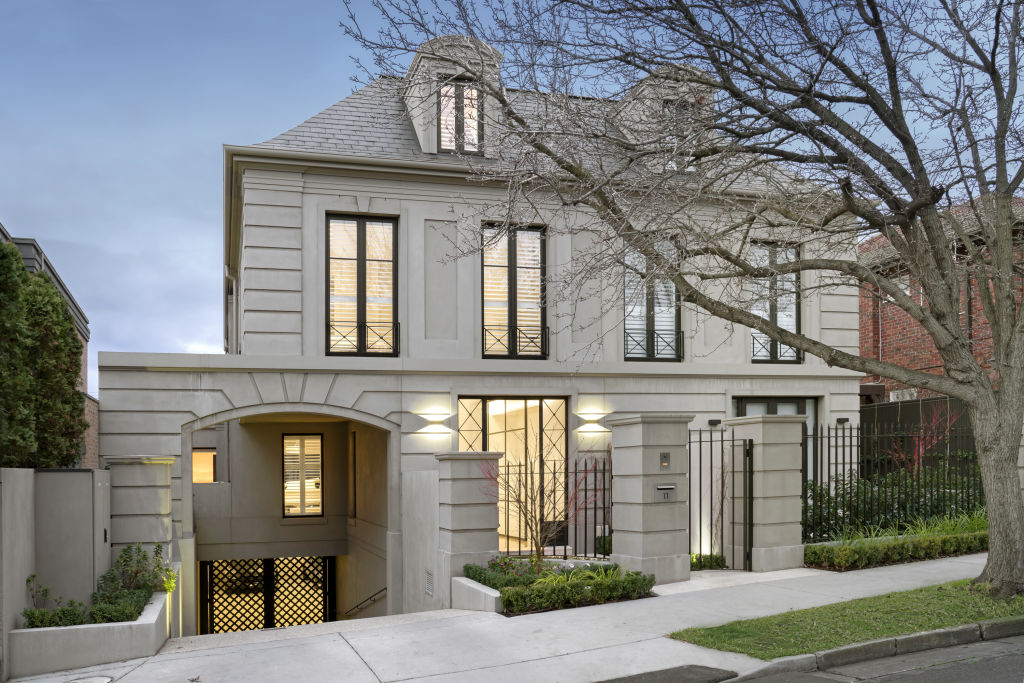
Walkability is one of the top seven factors that determine the liveability of Australia’s cities – and the prestige market is now embracing it enthusiastically.
Where once blue-ribbon property owners would think nothing of jumping in their car to pick up a newspaper, a carton of milk or to have a coffee at a nearby cafe, today they’re increasingly choosing homes where they can walk to shops, cafes, parks, schools and even public transport.
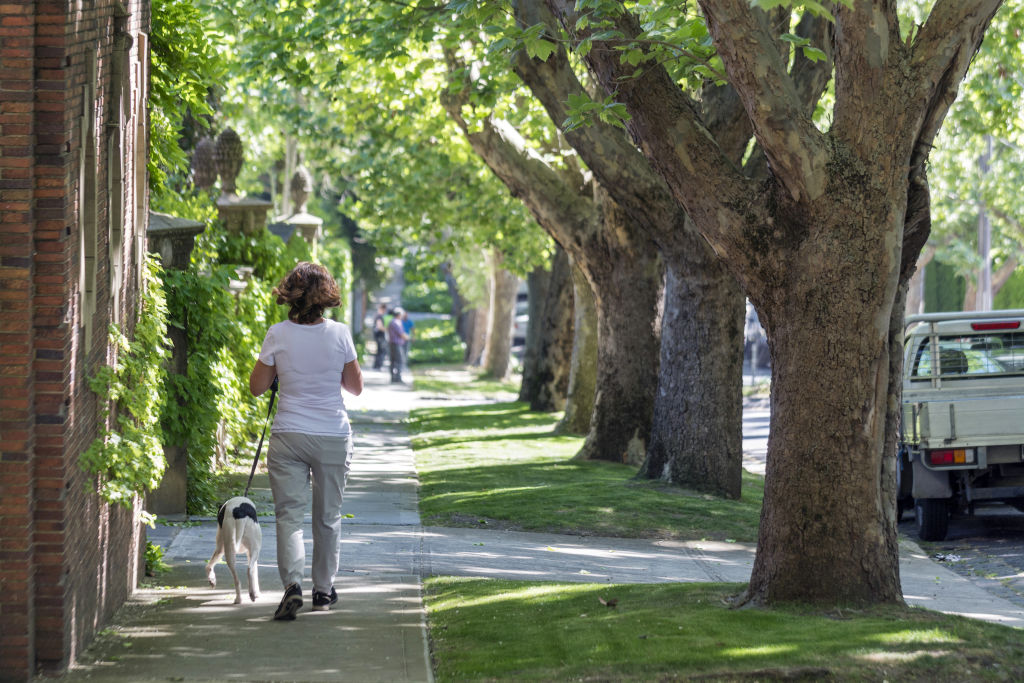
“When you look at the established inner-city and middle-ring suburbs of Melbourne, Sydney and even Brisbane, you can see they’re all connected to public transport connections, whether tram or heavy rail or bus, and retail strips,” says Michael Buxton, a professor of environment and planning at the School of Global, Urban and Social Studies at RMIT University.
“That accessibility to services, and walkability, is reflected in the value of those suburbs, and prices of individual dwellings.”
RMIT came up with the first baseline measure of liveability in Australia’s capitals, finding that walkability – as well as public transport, open spaces, food and alcohol environments, employment and housing affordability – was an important predictor of health and wellbeing.
“Walkability is probably becoming a new level of currency now in the prestige market,” says Marshall White Stonnington agent Marcus Chiminello, who’s selling our featured property, a four-bedroom house in Toorak, close to Hawksburn station and the cafes, restaurants and boutiques of Chapel Street.
The four-bedroom property is for sale, with a price guide of $4.495 million.
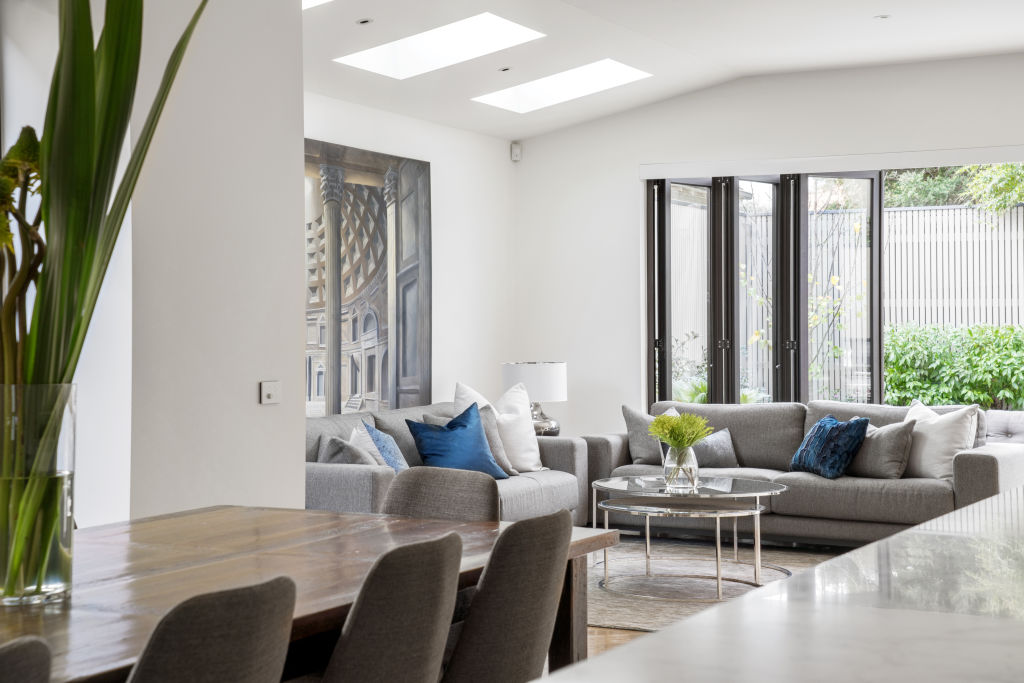
“The better you’re placed by foot to amenity, the more popular a home is. It’s not just about walking for fitness, it’s also about the difficulties of traffic and parking.”
Other agents agree. In Sydney, Jake Rowe of Rowe Partners Real Estate says walkability is one of the reasons that Manly has become such an attractive location for prestige buyers.
“It offers a lot of amenity within walking distance, as well as being close to the CBD after a walk to the ferry, and lifestyle,” he says. “You can walk to anything here and you don’t really even need a car.”
Even on the upper north shore of Sydney, homes are being sold on their proximity to local village centres and public transport. “Walkability is really important now,” says Melanie Patterson of Richardson & Wrench Lindfield. “A huge part of our buying demographic want to be able to walk to the train or to the village, be part of the community and eat beautiful smashed avocado locally.”
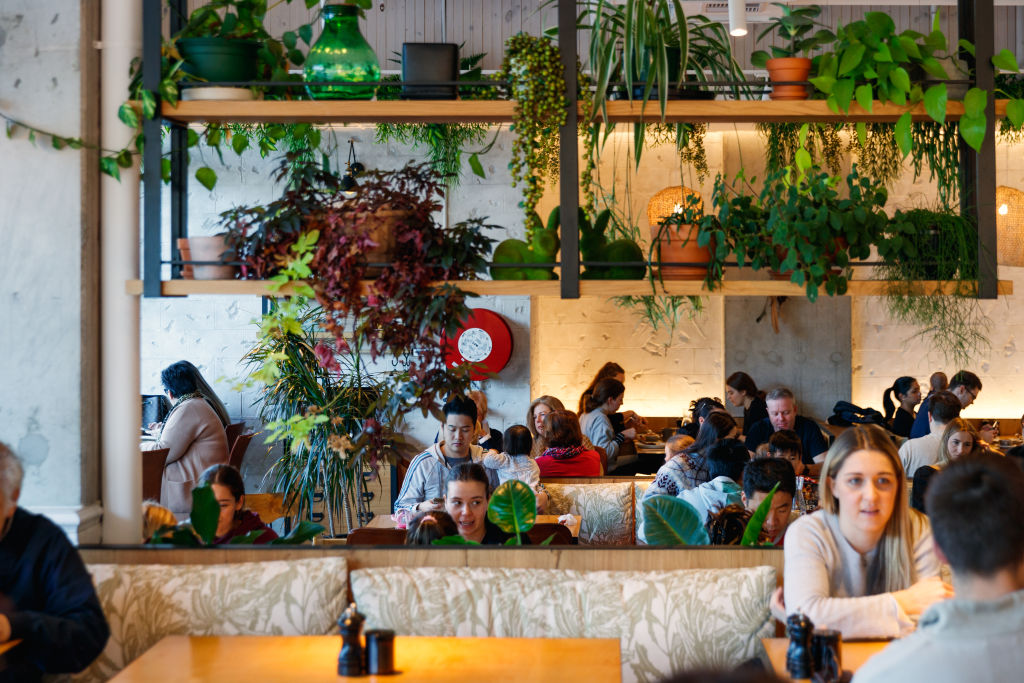
Meanwhile, Melbourne’s Caulfield has always been prized for its walkability. “But we’re now seeing people becoming even more conscious of being able to walk to amenity and particularly with family houses where kids can walk to the train,” says Phillip Kingston of Gary Peer and Associates.
“It’s becoming something that everyone is talking about these days!”
Manly
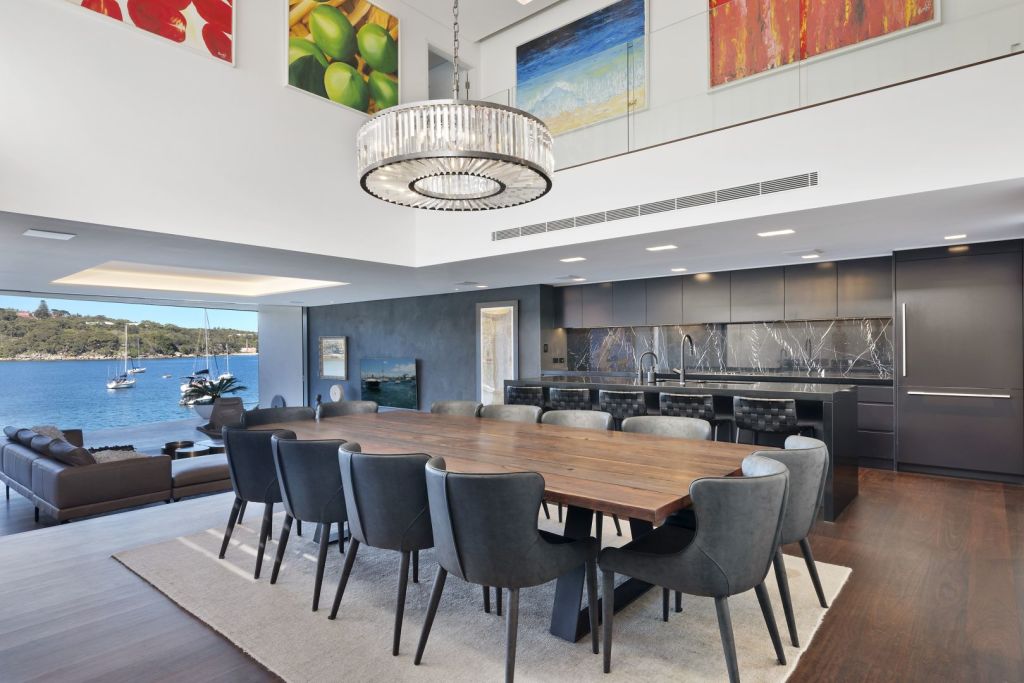
This brand new six-bedroom, four-bathroom freestanding home right on the Manly waterfront has direct access to Little Manly Beach but is also only a short stroll to the netted harbour pool, the main Manly Beach, the wharf, ferry and eateries.
The family room is waterside, and there’s a home cinema, a wine cellar with an adjoining wine lounge, a terrace overlooking the water and recessed stacker doors.
“It’s all so tastefully done,” says Rowe Partners Real Estate agent Jake Rowe who has it for sale with a price guide of $15 million to $16.5 million.
Roseville
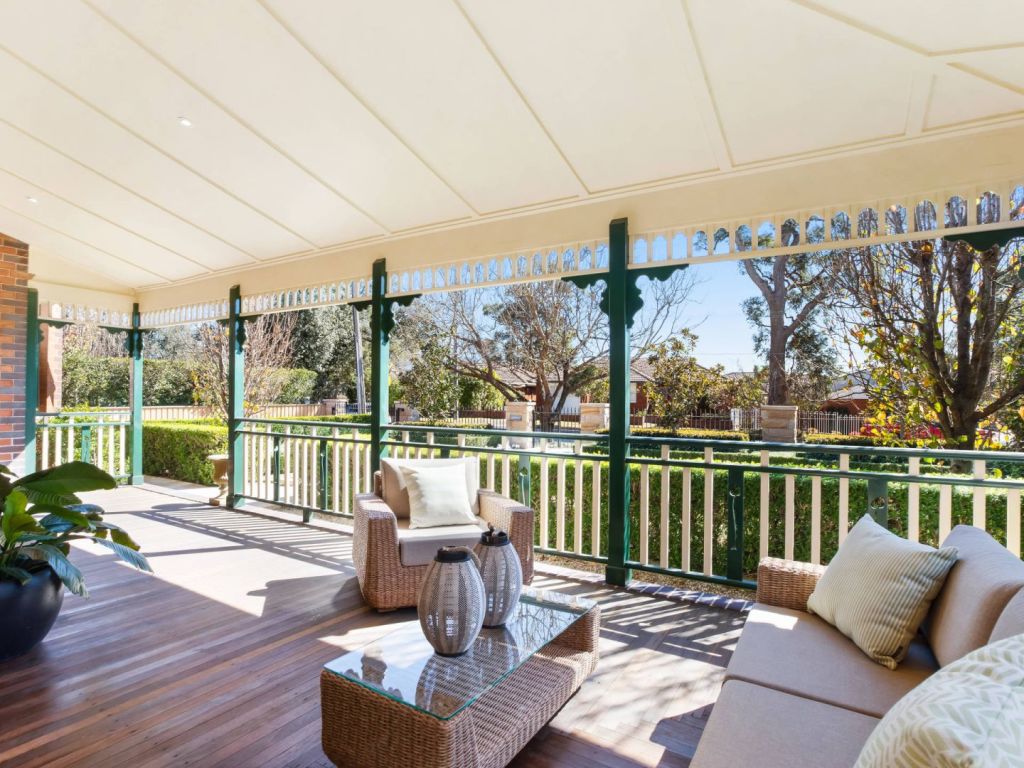
A spacious 1912 Federation home with a tennis court and swimming pool, five bedrooms, three bathrooms and two studies, this is still just walking distance to Roseville Station and the local village.
“It’s gorgeous,” says Richardson & Wrench Lindfield agent Melanie Patterson, of the home up for auction on September 21 with a price guide of $6.5 million. “And it’s only a five to seven-minute walk to the train and shops.”
The house, on 1,600sqm, has a front parterre garden and veranda, both formal and casual living areas and a wine cellar adjoining the formal dining room.

We recommend
We thought you might like
States
Capital Cities
Capital Cities - Rentals
Popular Areas
Allhomes
More
